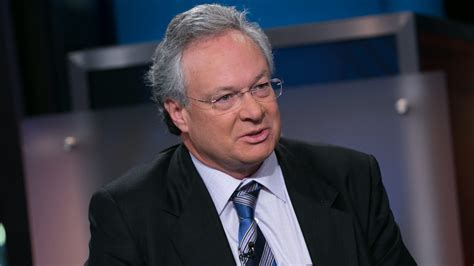Top 39 Quotes & Sayings by Louis Navellier
Explore popular quotes and sayings by an American businessman Louis Navellier.
Last updated on April 14, 2025.
There are several things that can create an alpha - stock buybacks are one. High dividend yields are another, especially nowadays because the stock market yields more than the banks and the tenure treasury. But by and large, it tends to be companies with a strong cash flow, rising sales, accelerated earnings, a profit margin expansion.



















